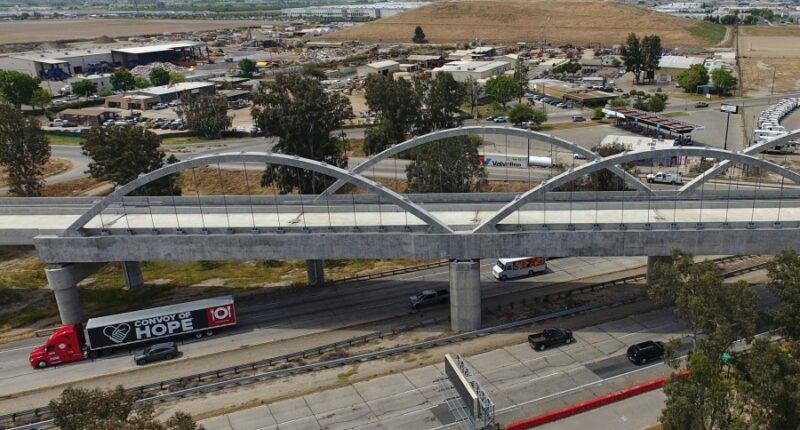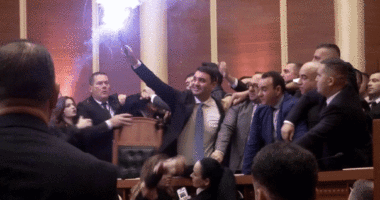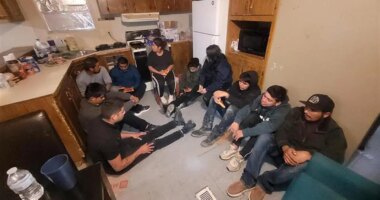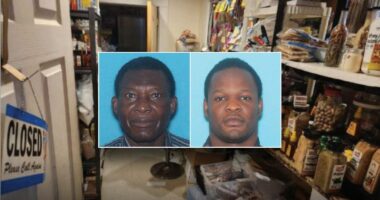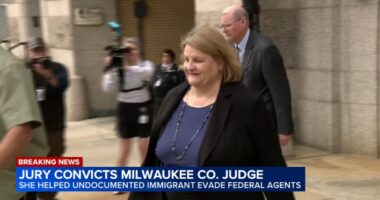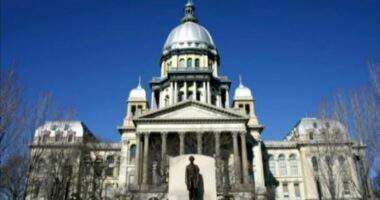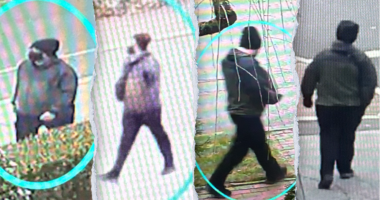Share this @internewscast.com

After years of delays, California’s ambitious high-speed rail project could finally see trains running in the Central Valley by 2032. However, significant financial hurdles remain, preventing the extension of the rail to the San Francisco Bay Area in the north and Los Angeles in the south, according to a Friday report by project officials.
The development of the route stretching from Gilroy, situated about 80 miles from San Francisco, to Palmdale, roughly 37 miles outside of Los Angeles, is estimated to cost $87 billion, according to the High-Speed Rail Authority’s findings. This section is projected to become operational by 2038.
“We face numerous challenges, yet there is also the potential to create a state-of-the-art transport system that aligns with California’s aspirations — embodying its complexity and forward-thinking spirit,” stated Ian Choudri, the Authority’s CEO, in the report. “Let’s make it a reality.”
Originally designed to span almost 500 miles between San Francisco and Los Angeles, the project was estimated to cost $33 billion when voters approved funding through a bond measure in 2008, with the expectation of a 2020 launch. The projected cost has since soared to as much as $128 billion, according to last year’s estimates, with updated figures to be published in the Authority’s upcoming business report, clarified spokesperson Micah Flores via email.
At present, 119 miles of the rail are under construction in the Central Valley. However, extending construction to reach major population areas near the Bay Area and Los Angeles, as well as securing consistent funding to entice private investors, remains imperative, the report notes. Private sector involvement is crucial, and the Authority recently engaged with 31 interested private investors, initiating discussions this month.
The planned 171-mile section connecting Merced and Bakersfield in the Central Valley is anticipated to cost nearly $37 billion. This represents a slight increase from previous estimates, though it would have surged to $51 billion without recent cost-saving strategies that the Authority has implemented.
The project has received nearly $24 billion in funding to date, most of which has come from the state through a voter-approved bond and money from the state’s cap-and-trade program. The rest has come from the federal government. But the Trump administration said in July it was pulling $4 billion in funding from the project, which the authority quickly sued to try to get restored.
The authority has spent about $14 billion on the project through May of this year, according to the new report. Dozens of structures have been built in the Central Valley, including viaducts, underpasses and overpasses, along with 70 miles of guideway, the report says.
President Donald Trump and Transportation Secretary Sean Duffy both have slammed the project as a “train to nowhere.”
“The Railroad we were promised still does not exist, and never will,” Trump wrote on Truth Social in July. “This project was Severely Overpriced, Overregulated, and NEVER DELIVERED.”
Democratic Gov. Gavin Newsom wants lawmakers to reauthorize the state’s cap-and-trade program through 2045 and ensure high-speed rail receives $1 billion a year from it. The program is set to expire at the end of 2030.
